 โทร :
+86 18681515767
โทร :
+86 18681515767
 อีเมล์ :
marketing@jtspeedwork.com
อีเมล์ :
marketing@jtspeedwork.com
 โทร :
+86 18681515767
โทร :
+86 18681515767
 อีเมล์ :
marketing@jtspeedwork.com
อีเมล์ :
marketing@jtspeedwork.com

01. ผลิตภัณฑ์ของเรา
ผลิตภัณฑ์ร้อนเซินเจิ้น jietong technology co., ltd. เป็น บริษัท เทคโนโลยีชั้นสูงที่มุ่งเน้นการพัฒนาการผลิตและการขายการระบุความถี่วิทยุ (rfid)
อีกขั้นหนึ่งเสมอ!
เซินเจิ้น Jietong เทคโนโลยี Co., Ltdเป็นบริษัทเทคโนโลยีสูงเน้น R&D การผลิต และการขายฮาร์ดแวร์ UHF RFID Jietong มีทีม R&D ของตัวเอง ซึ่งวิศวกรมีประสบการณ์ R&D มากกว่า 10 ปี เพื่อให้บริการและผลิตภัณฑ์ที่ดีที่สุดแก่ลูกค้า Jietong มีการพัฒนาอย่างต่อเนื่องเพื่อนำเสนอโซลูชั่นทั้งหมดสำหรับโครงการ บริการหลังการขาย และการสนับสนุนด้านเทคโนโลยี Jietong มีสายผลิตภัณฑ์หลักซึ่งรวมถึง เครื่องอ่านหลายแท็ก UHF RFID Impinj R2000 / TM200 , เครื่องอ่านแท็กเดี่ยว UHF RFID , เครื่องอ่านระยะไกล UHF RFID , เครื่องอ่านช่วงกลาง UHF RFID , เครื่องอ่าน / เขียนเดสก์ท็อป UHF RFID , โมดูลเครื่องอ่าน UHF RFID , เครื่องอ่าน UHF RFID แบบมือถือ, เสาอากาศ UHF RFID , การ์ดและแท็ก UHF RFID ฯลฯ Jietong มีหลักการของอำนาจสูงสุดของผู้ใช้ และขึ้นอยู่กับตลาดที่มุ่งเน้น เทคโนโลยีใหม่ และคุณภาพสูง เราจะจัดหาเทคโนโลยีล่าสุด ผลิตภัณฑ์ที่ดีที่สุด การแข่งขัน บริการด้วยความจริงใจแก่ลูกค้าของเรา เราได้สร้างชื่อเสียงให้ตนเองในฐานะส่วนหนึ่งของ ธุรกิจของลูกค้าและซัพพลายเออร์ที่น่าเชื่อถือ สร้างสรรค์ และไว้วางใจได้

02. ทำไมถึงเลือกพวกเรา
ข้อได้เปรียบของเราเซินเจิ้น jietong เทคโนโลยี co. Ltd. เป็น บริษัท เทคโนโลยีชั้นสูงที่มุ่งเน้นการวิจัยและพัฒนาการผลิตและการขายการระบุความถี่วิทยุ (rfid) ผู้เชี่ยวชาญพิเศษใน uhf rfid series reader ของ internet of things jietong มีทีม r & d ของตัวเองซึ่งวิศวกรมีประสบการณ์ด้าน r & d มากกว่า 10 ปี เพื่อให้บริการและผลิตภัณฑ์ที่ดีที่สุดแก่ลูกค้า jietong อยู่ระหว่างการพัฒนาอย่างต่อเนื่องเพื่อนำเสนอโซลูชันทั้งหมดสำหรับโครงการบริการหลังการขายและการสนับสนุนด้านเทคโนโลยีJietong มีสายผลิตภัณฑ์หลักซึ่งรวมถึงโมดูล uhf rfid, เครื่องอ่านมือถือ rfid, เครื่องอ่าน rfid ที่จอดรถ, เครื่องอ่าน rfid ช่วงกลางที่จอดรถ, เครื่องอ่านควบคุมการเข้าถึง uhf, เสาอากาศ uhf, การ์ด uhf และแท็กเป็นต้นเครื่องอ่าน rfid jt uhf ใช้แล้วในการจัดการยานพาหนะอย่างเข้มข้นการใช้สภาพแวดล้อมยังรวมถึงการจัดการพนักงานสำหรับโรงงานการจัดการน้ำหนักสำหรับคลังสินค้าการควบคุมการเข้าถึงคลังสินค้าและยานพาหนะการจัดการเสื้อผ้าการจัดการโลจิสติกส์ยาสูบการจัดการห้องสมุดอัจฉริยะการจัดการการระบุสายการผลิตสินทรัพย์ การจัดการ ฯลฯjietong มีหลักการสูงสุดของผู้ใช้และขึ้นอยู่กับตลาดที่มุ่งเน้นเทคโนโลยีใหม่และคุณภาพสูงเราจะจัดหาเทคโนโลยีล่าสุดผลิตภัณฑ์ที่ดีที่สุดการแข่งขันและบริการด้วยความจริงใจให้กับลูกค้าของเรา
03. กรณีโครงการ
โซลูชัน & กรณีหน้าโซลูชันนี้ช่วยลูกค้าแก้ปัญหาการติดตั้งและจัดการแอปพลิเคชันโดยใช้ผลิตภัณฑ์ของ Jietong Technology รวมรายการต่อไปนี้: การจัดการยานพาหนะ การจัดการระบบส่วนบุคคล UHF การจัดการสายการผลิต การจัดการโลจิสติกส์ การจัดการสินทรัพย์ การจัดการคลังสินค้า รถสุขาภิบาลสิ่งแวดล้อมจัดการ การจัดการตู้หนังสืออัจฉริยะ
In order to regulate the parking of shared electric vehicles, strengthen the supervision and management of shared electric vehicles, reduce the management cost of operation and mai...
อ่านเพิ่มเติม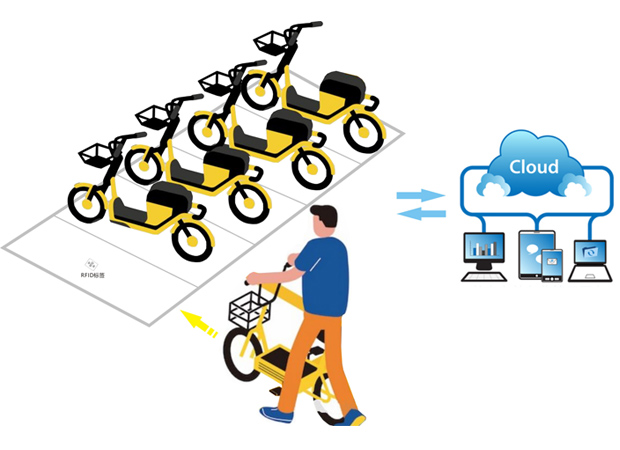
การจัดการยานพาหนะด้วยการพัฒนาด้านการบำบัดรักษาของเศรษฐกิจจีนมาตรฐานการครองชีพของผู้คนก็เพิ่มขึ้นการเป็นเจ้าของรถทั้งหมดก็เริ่มเติบโตขึ้นอย่างรวดเร็ว ในปัจจุบันปัญหาในการจัดการยานพา...
อ่านเพิ่มเติม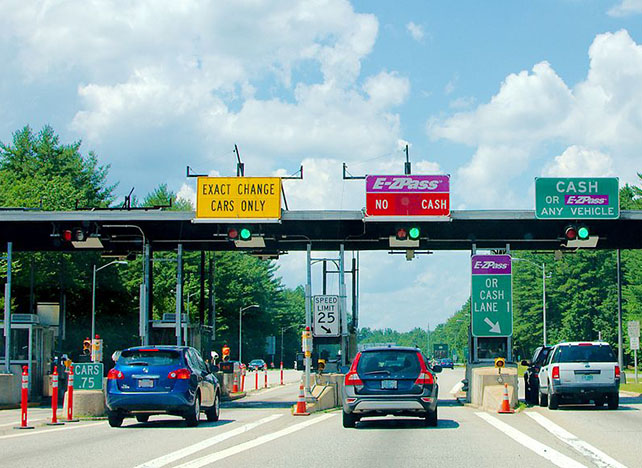
ระบบจัดการบุคลากร uhf rfid>> ภาพรวมของระบบระบบการจัดการพนักงานบัตรทางไกลเป็นระบบการจัดการบุคลากรที่ทันสมัยโดยมีการรวมกันของเทคโนโลยี uhf rfid เทคโนโลยีอินเทอร์เน็ตและเทคโนโลยีแอปพล...
อ่านเพิ่มเติม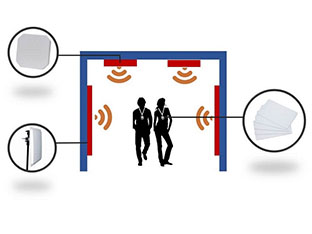
การจัดการสายการผลิตเพื่อให้ได้ผลิตภัณฑ์ที่มีคุณภาพดีขึ้นในขณะที่ลดต้นทุนการผลิตและเป็นไปตามข้อกำหนดของ iso9000 ผู้ผลิตจะติดตามข้อมูลผลิตภัณฑ์และกระบวนการควบคุมอย่างใกล้ชิดมากขึ้นซึ...
อ่านเพิ่มเติม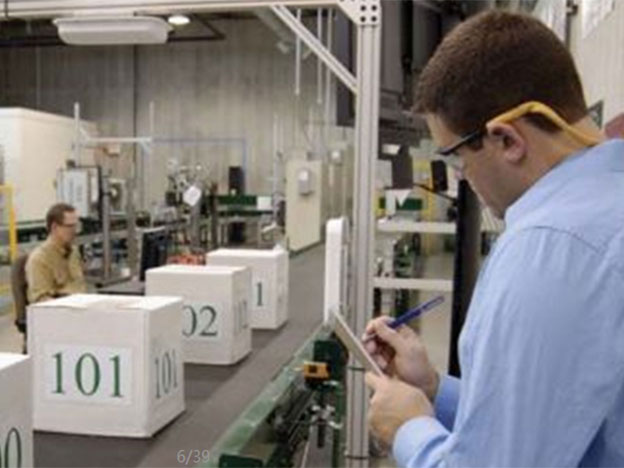
agv trolley track การจัดการคำแนะนำด้วยระดับการผลิตและความต้องการของลูกค้าที่เพิ่มขึ้นระบบโลจิสติกส์ที่หลากหลายกำลังเผชิญกับความท้าทายมากมายเช่นการปรับปรุงประสิทธิภาพของการหมุนเวียน...
อ่านเพิ่มเติม
ระบบการจัดการ rfid สินทรัพย์ภาพรวมของระบบวิธีการดำเนินการจัดการสินทรัพย์ด้วยตนเองรวมถึงการเพิ่มการกระจายการจัดเก็บการกำจัดและอื่น ๆ ไม่สามารถตอบสนองความต้องการได้อีกต่อไปสำหรับองค์...
อ่านเพิ่มเติม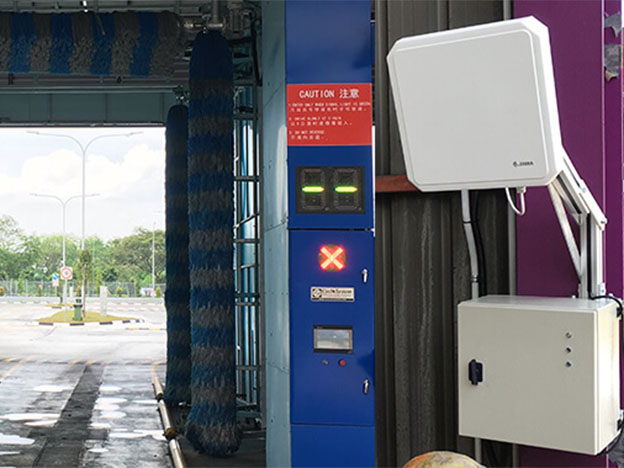
04. เหตุการณ์
ข่าวล่าสุดเซินเจิ้น jietong technology co., ltd. เป็น บริษัท เทคโนโลยีชั้นสูงที่มุ่งเน้นการพัฒนาการผลิตและการขายการระบุความถี่วิทยุ (rfid)


05. ปรึกษาฟรี
ฝากข้อความหากคุณสนใจในผลิตภัณฑ์ของเราและต้องการทราบรายละเอียดเพิ่มเติมโปรดฝากข้อความไว้ที่นี่เราจะตอบกลับคุณโดยเร็วที่สุด

โทรศัพท์ : +86 18681515767
Whatsapp : +86 18681515767

อีเมล์ : marketing@jtspeedwork.com

4/F,7 Building,Lihe industry, NO.1055 Songbai Road ,Nanshan District, Shenzhen, China
ลิขสิทธิ์ © 2024 Shenzhen Jietong Technology Co.,Ltd. สงวนลิขสิทธิ์.

รองรับเครือข่าย ipv6